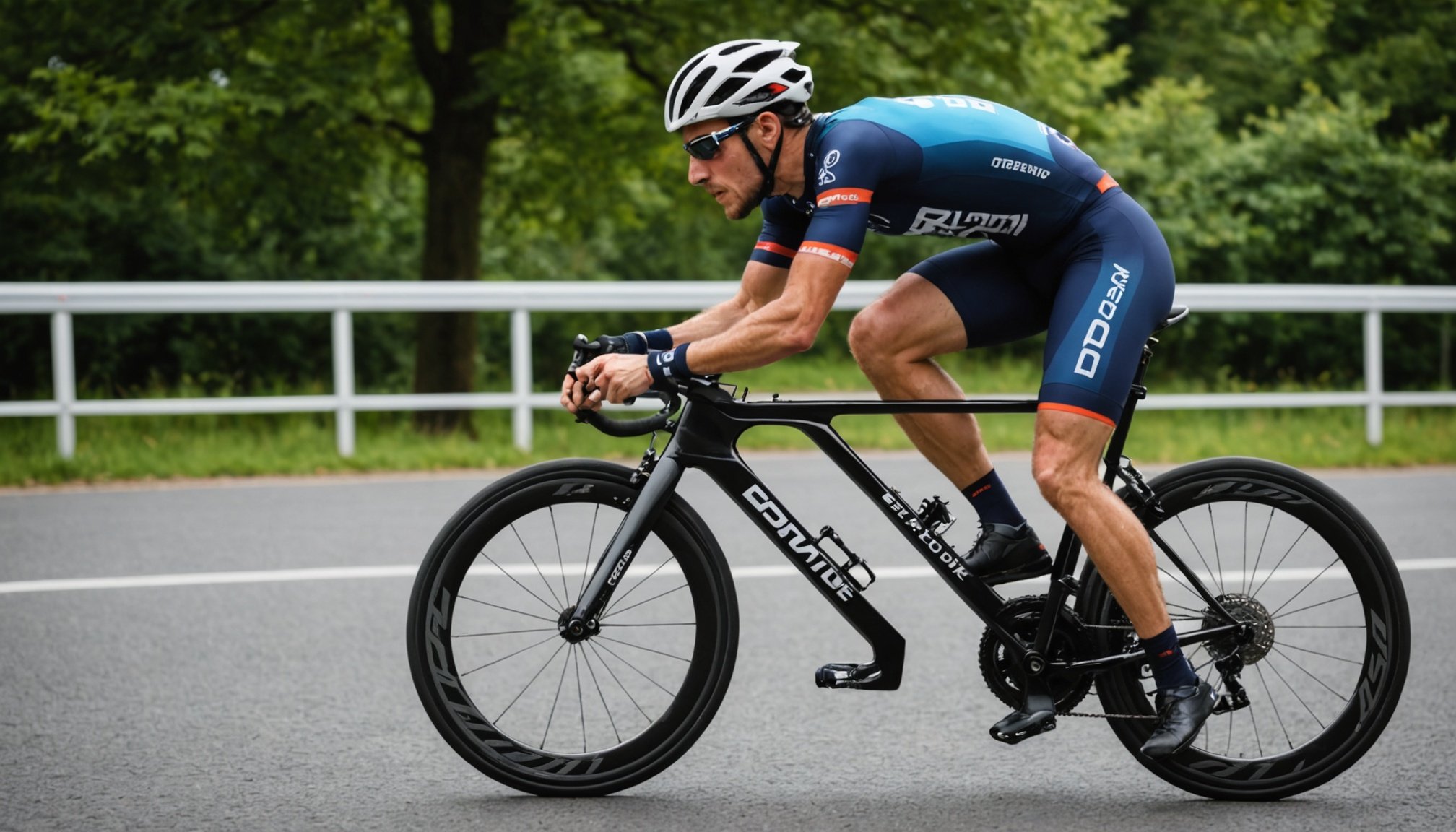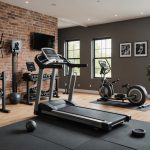In the world of competitive cycling, aerodynamics plays a crucial role in determining performance. Whether you’re a seasoned racer or a newcomer to the sport, understanding how to enhance your bike’s aerodynamics can provide you with a significant edge over your competitors. In this article, we will explore various techniques and modifications that can help you optimize your bike for speed and efficiency. From choosing the right gear to making adjustments to your riding posture, we will cover essential strategies tailored specifically for cyclists in the UK.
Understanding Aerodynamics in Cycling
Aerodynamics in cycling refers to how air flows around the bike, the rider, and the overall system. Reducing air resistance is crucial for achieving higher speeds, especially in competitive settings. When a cyclist rides, they push through air, creating drag that can slow them down. Understanding the physics behind this can help you make informed decisions about your equipment and riding style.
This might interest you : What techniques can help improve my cycling speed for competitive races in the UK?
Key concepts include wind resistance, which increases with speed, and the importance of rider positioning. Streamlined positions minimize the frontal area exposed to the wind, reducing drag. The bike’s shape and the materials used also significantly influence aerodynamics. For instance, many high-performance bikes feature aerodynamic frames designed to cut through the air more efficiently.
In this context, you must also consider the environmental factors in the UK, such as wind conditions and terrain. Riding in a headwind can increase drag significantly, making it essential to adopt strategies that counteract this effect. Understanding these dynamics is the first step toward enhancing your bike’s aerodynamics.
Also to discover : How can I effectively train for hill climbs as a cyclist in the UK?
Choosing the Right Gear for Aerodynamics
Selecting the optimal gear is pivotal to improving your bike’s aerodynamics. The frame of your bike is one of the primary areas to focus on. Aero frames are specifically designed to reduce drag, often featuring a teardrop shape that allows air to flow smoothly over the surface. When purchasing or upgrading your bike, consider investing in a frame that emphasizes aerodynamics.
Equally important are the wheels. Aero wheels typically have a deeper rim profile, which helps manage airflow and reduce turbulence. While they can be heavier than standard wheels, the aerodynamic benefits at higher speeds often outweigh the drawbacks. When competing, remember that lighter wheels can be advantageous on climbs, but for flat or rolling terrain, aerodynamics should take precedence.
Tires also play a role in aerodynamics. Look for tires labeled as ‘aero’ or those designed for low rolling resistance. The width and pressure of the tires can impact airflow, so it’s crucial to experiment with different options to determine what offers the best performance for your riding style. Additionally, ensure that your bike is fitted with appropriate components, such as handlebars and seat posts, that complement an aerodynamic setup.
Optimizing Rider Positioning
Your riding position can significantly influence your bike’s aerodynamics. A lower, more streamlined posture reduces your frontal area, allowing you to cut through the air more efficiently. Start by adjusting your bike’s fit to ensure you can achieve an optimal position without sacrificing comfort.
When on the bike, try to keep your back flat and your head down to minimize drag. Tucking your elbows in and keeping your hands close to the handlebars can further reduce your profile against the wind. Practice this position during training sessions to build endurance in your muscles, enabling you to maintain it over longer races.
Additionally, consider using aero bars or clip-on extensions for time trials or triathlons. These accessories allow you to adopt an even lower position, enhancing your aerodynamic profile. However, ensure that you remain in control of the bike while using them, as this can sometimes compromise handling.
Aerodynamics is not solely about the bike and gear; it’s also about how you interact with them. The more comfortable you are in an aerodynamic position, the more effectively you can maintain speed, especially in competitive situations.
Fine-Tuning Your Bike’s Components
Beyond the basic setup of your bike, small adjustments to individual components can lead to significant improvements in aerodynamics. Start with your handlebars. Opt for drop handlebars that allow you to adopt a more aerodynamic position. Adjusting the height and angle can also help you find the best fit for your riding style.
The saddle is another critical component. An aerodynamic saddle can reduce drag, and ensuring it is positioned correctly can help you maintain a streamlined posture. Pay attention to the saddle’s width and shape, as these factors can impact comfort and efficiency.
Lastly, don’t overlook the importance of cabling and accessories. Opt for internal cable routing when possible, as this can create a cleaner, more aerodynamic look and reduce drag. Consider aerodynamically designed water bottles and mounts, as these can also contribute to a sleeker profile. Adhering to the regulations of competitive cycling events in the UK is essential; ensure that any modifications you make comply with the governing body’s rules.
Enhancing your bike’s aerodynamics is a multifaceted process that requires thoughtful consideration of various elements. From selecting the right gear to optimizing your riding position and fine-tuning components, each area plays a vital role in improving performance. As you prepare for your next competitive cycling event in the UK, remember that even small adjustments can lead to significant improvements in speed and efficiency.
Invest your time in evaluating your bike setup and practicing your riding position to find what works best for you. With the right approach and dedication, you can make substantial strides in your cycling performance, giving you a competitive edge on the road.











